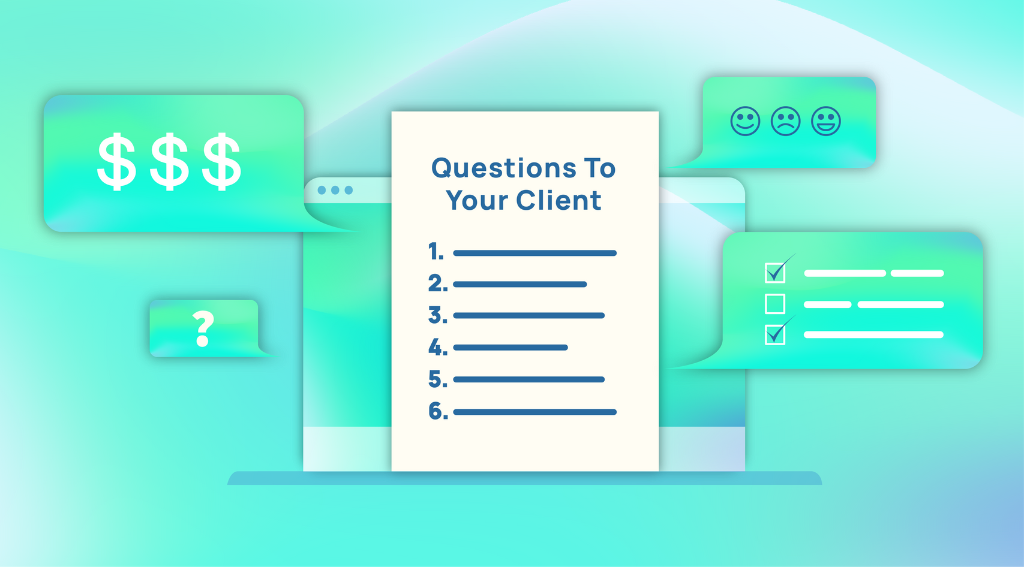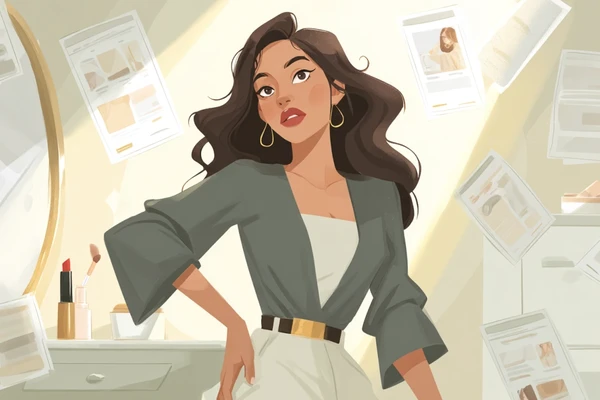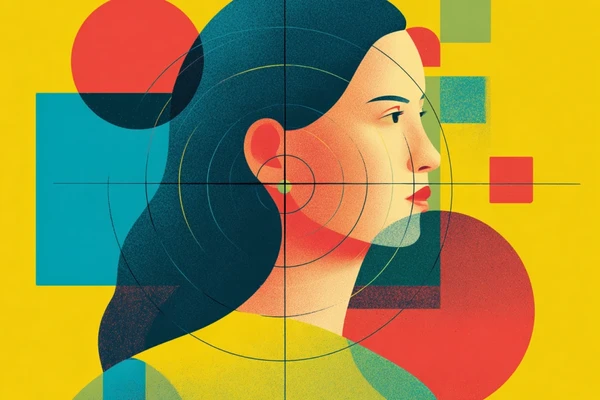Good communication with the client is the key to the success of any project. Well-thought-out questions allow designers to get to know the client well and understand the client's needs at the beginning of the cooperation. Professionals can use the information obtained to help their clients to make better decisions and offer them solutions very well-tailored to their needs... which clients may not always be aware of!
I prepared a list of essential questions you must ask a client before starting the project. Thanks to this, you will choose the right direction during the implementation of the project and provide the client with results that exceed his expectations!
Let's start!
Why do you need to understand the client before starting the project?
Each work on a project requires a research stage. Your task is to get to know the customer, their company, and the products and services they offer. The easiest way to do this is through well-formed questions. The better you research, the easier the whole design process will go. Understanding your customer's needs right from the start will prevent many misunderstandings. You will avoid introducing too many corrections or the final disapproval of your work.
14 key questions for the client that guarantee a successful project

Before you prepare a quote, you need to get a handful of crucial information about the company you are commissioning. Here is a list of questions without which it is not worth starting cooperation with the client. The obtained answers will help you construct a great brief or draw up a contract. Thanks to these questions, you will avoid misunderstandings about the client's requirements and provide them with a project that fully complies with his vision.
1. What do you expect from this project?
Understanding what the client wants to achieve and what role the project has to play is crucial before starting the design process. Therefore, it is imperative to determine the client's general assumption and get to know his expectations for the project. Is the company undergoing rebranding and needs an entirely new image? Or maybe the client wants to improve a few elements of the visual identity of the brand, and it is enough to refresh the already existing ideas?
For example, if your task is to provide a logotype, ask if the client expects the project to be developed from scratch or if they prefer to modernize the current logo. Setting goals early in the design stage will help you avoid extra work and later changes.
2. What is the purpose of the project?
Before you start working on a project, you must find out how the client wants to use it. Thanks to this, you will know whether your proposed solution will work on various channels and media. Designing graphics for social networking sites and graphic design for a website will look different, and designing leaflets for printing will be different. So agree with the customer whether they needs printed materials, or their company is only active on the Internet.
For example, suppose you have created a digital business card, and the customer additionally wants the same graphic in a printed version. In that case, you need to adjust the project format to print. The client may not be aware that this knowledge should be transferred to the graphic designer before starting the design process. Therefore, to avoid confusion in the future, find out as soon as possible what the project's primary purpose is.
3. What are the main guidelines of the project?
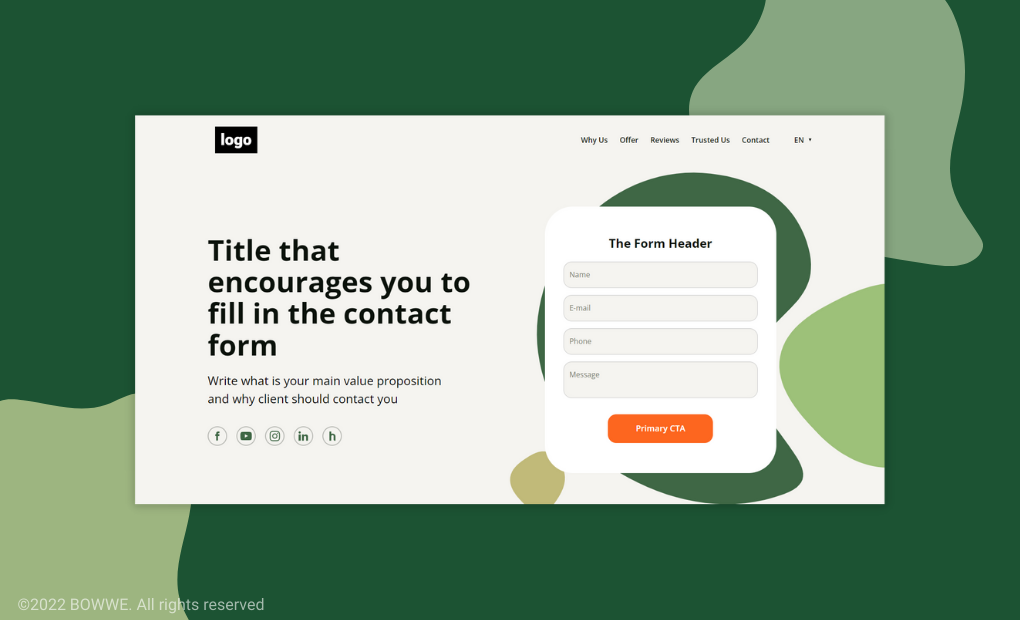
4. What problem should the project solve?
Understanding the company's difficulties will allow you to deliver a project that responds to the real needs of the client. Focusing on solving a specific problem while designing will help you get better results from your work. Did the company notice the lack of contact between visitors on the website? Make analysis why this is so. Perhaps this is due to an unattractive graphic design or a poorly visible Call-To-Action (CTA) button. Therefore, it is worth considering how to design this subpage to encourage users to fill out the contact form. Proper recognition of the problem will allow you to create a project to help solve the brand's situation.
Get started
No coding experience required.
5. How have you tried to solve this problem in the past?
If you have identified an area that needs improvement, ask if the client has made any previous attempts to solve the problem. Thanks to this, you will find out why his actions did not achieve the expected results. It will allow you to understand what is the real cause of the difficulties faced by the company. Knowing what worked and what did not work is extremely important.
By asking this question, you can find out what solutions have not worked. Understanding the reasons for the customer's earlier failure will allow you to avoid repeating the same mistakes. This makes it easier for you to decide which ideas are worth developing and which are better to reject immediately.
6. What is the visual identity of the brand?
Does the company have its logo and brand colors, or do you have to create everything from scratch? You must not skip this question even if you are designing for a newly founded company. There is a high probability that an organization already has some format for creating graphic designs. It's your job to learn about design and style guidelines. Be sure to ask if the company can provide you with a brand book with company logos, fonts, and brand colors. It will also be a good idea to familiarize yourself with previous projects. This will help you ensure your brand's visual consistency and identify which areas of design need improvement.
7. What character should the project reflect?
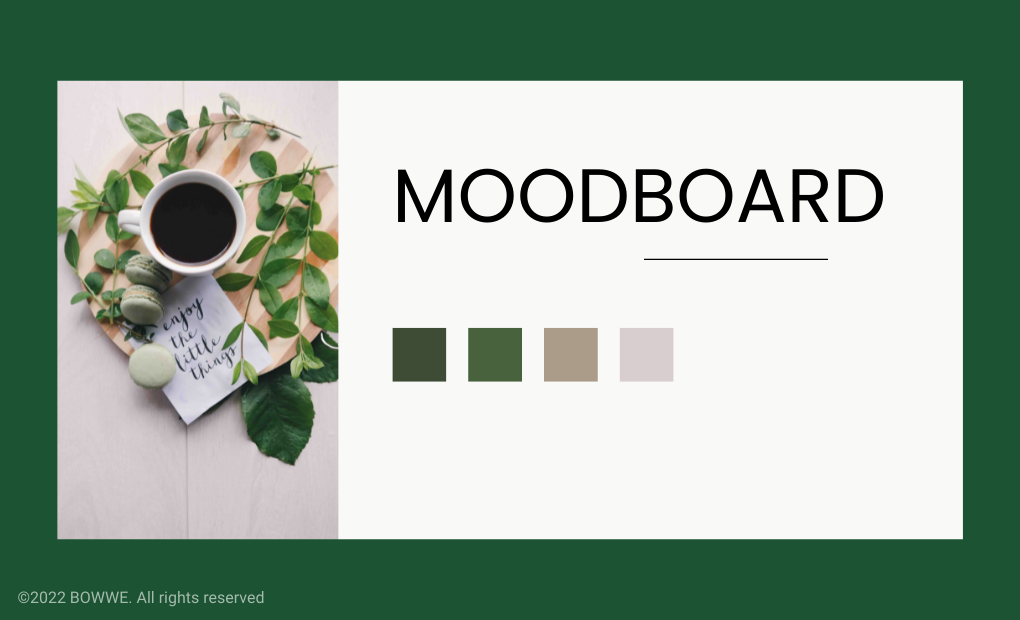
Be sure to ask the client about the nature of the project - should the graphics be casual, humorous, or formal? What emotions should your project evoke in the recipient? Asking this question will save you from making a blunder and submitting a project that doesn't fit the context.
You need to ensure that the design you create reflects the brand's true nature. If you design for a financial or legal company, the client will surely be pleased with the subdued colors and classic styling. However, bright colors and a funny font will work if your client runs a line of children's clothing. A good idea before starting work is to present the client with the so-called moodboard, i.e., an array of ideas and inspirations that will reflect the nature of the project.
8. What is the history and mission of the company?
This question will help you get an overview of the customer. The answer to this question should be the foundation from which to start your project. Getting to know the history of the brand and its founders is key to creating a good design. It is also worth asking what is the company's mission and what are the values that guide them. This basic information is the basis for starting any creative process. Thanks to this, you can create a unique design that will refer to the history of your customer's brand.
9. Describe your brand in a few words
Ask the customer to briefly describe his brand with a few adjectives or to provide you with a company slogan or motto. As a result, the customer will present how they wants others to perceive their brand briefly and clearly. And it will be much easier for you to make good decisions regarding the design style.
If a customer describes their company as modern, innovative, and with the spirit of technology, you can choose futuristic fonts for the project. Your client is a photographer and wants to communicate that his brand is traditional and helps connect generations? You can create a design that emphasizes just such values with the right colors and techniques.
Get started
No coding experience required.
10. Who are the company's biggest competitors?
Asking customers about their top competitors is an excellent way to analyze what level of design the customer expects. You can always use the list of your client's competitors and create the so-called benchmark, i.e., an index of the strengths and weaknesses of the competition, and compare them to your client's company. Carrying out such a detailed analysis of the competition will help you spot the differences and the areas that need improvement. Thanks to this, your project will help your client align and outperform the competition.
11. What distinguishes the company from the competition?
Find out what makes your client's company unique. What distinguishes them from the competition? Do they help customers save time and money? Before starting the design process, you must know the most significant advantages of your client's products or services. This information will allow you to prepare a project to present a brand in the best light.
12. Who are the main audiences?

By designing, you help your client build their brand. So you should get to know your client's target group in detail. Are you designing for a sportswear store? There are many sports and types of athletes, so ask who the client is targeting. Maybe its recipients are only runners? Does the client offer courses and training?
By asking the right questions about your target audience, you will be able to create a project tailored to the needs of your company's audience. Then you can use the acquired information and create a persona of a potential customer to whom you will direct your message in the project.
13. How to measure project effectiveness?
The answer to this question will serve you as a basis for determining the project's key performance indicators, the so-called KPI. These specific and measurable achievements can help determine whether the project has positively impacted the company's sales results. For example, it may be more positive feedback from customers or an increase in newsletter registrations. The answer to this question will help you create a project that will delight your client and meet his business goals.
14. How to communicate during cooperation?
Be sure to agree with the client on the manner and frequency of communication. This will allow you to avoid misunderstandings and improve your work on the project. While some customers are open to regular feedback on editing and updating, not everyone has the time to communicate frequently. So agree with the client:
a) How often do they want to receive project progress reports?
b) How (your files and formats) will your needed reports look like?
c) What is your preferred method of communication? E-mail, phone call, or Skype?
d) Availability hours
e) Contact persons from the company
Understanding how the cooperation is carried out will help you focus more on the design or scheduled breaks. This way, you can better control your work.
Let's start!
Use the acquired knowledge to create even better projects!
Each design process should start with getting to know the client, their company, and project goals. This is the most important stage in the design. The better you understand the company and the customer at the beginning, the easier it will be for you to communicate with them later. Error-free communication will speed up the implementation of the project and guarantee satisfaction from cooperation for both parties. The right questions for the client will direct you to the most important aspects of the project. I hope you will use the knowledge you have gained to get to know your customers' needs better. The above list of questions will serve you as a reliable questionnaire that is worth using, especially in the first stage of cooperation with clients. This will allow you to create perfect designs in line with customer expectations.


Karol is a serial entrepreneur, e-commerce speaker m.in for the World Bank, and founder of 3 startups, as part of which he has advised several hundred companies. He was also responsible for projects of the largest financial institutions in Europe, with the smallest project being worth over €50 million.
He has two master's degrees, one in Computer Science and the other in Marketing Management, obtained during his studies in Poland and Portugal. He gained experience in Silicon Valley and while running companies in many countries, including Poland, Portugal, the United States, and Great Britain. For over ten years, he has been helping startups, financial institutions, small and medium-sized enterprises to improve their functioning through digitization.

